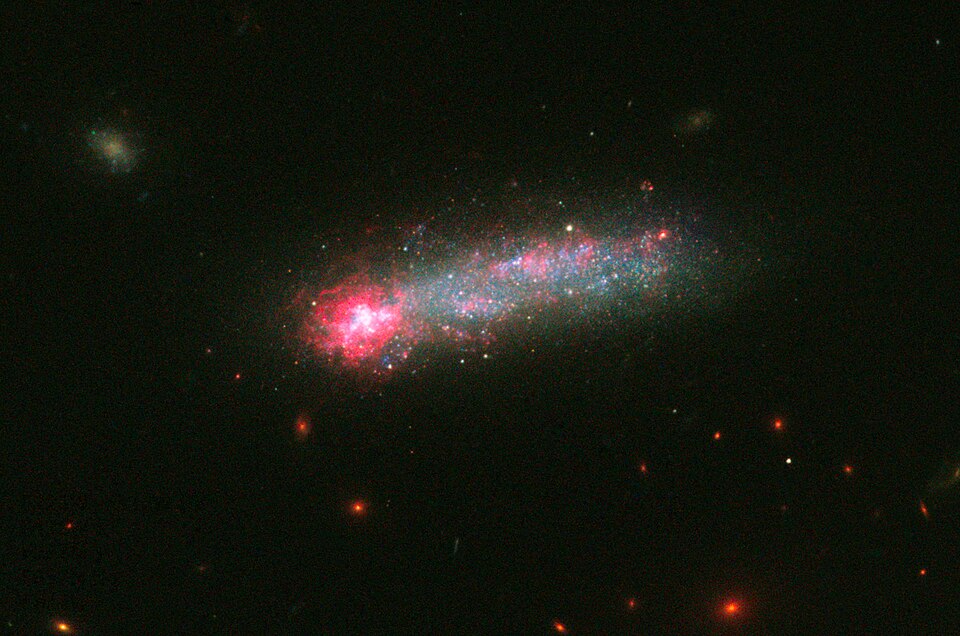Discovery of Pristine Galaxy Offers Insight into Big Bang Validation

Astronomers have potentially identified a pristine galaxy that may provide crucial evidence supporting the Big Bang theory, a significant milestone in cosmology. The discovery, detailed in a recent study led by Takahiro Morishita, a staff scientist at the Infrared Processing and Analysis Center (IPAC) at the California Institute of Technology, was published in the journal Nature on July 18, 2025. This galaxy, named AMORE6, was detected at a redshift of z = 5.725, suggesting that its light was emitted when the Universe was approximately 900 million years old.
The Big Bang theory posits that the Universe originated from an extremely hot and dense state, expanding over time. During the initial moments, only the lightest elements—hydrogen, helium, and trace amounts of lithium—were formed, while heavier elements, known as metals, were created later by the first generation of stars, termed Population III stars. These Population III stars are theorized to have had negligible metallicity, and their existence would validate key aspects of cosmological models. However, until this recent finding, no zero-metallicity galaxies had been convincingly identified.
The James Webb Space Telescope (JWST) has revolutionized our understanding of early galaxies by revealing large, complex structures formed much earlier than previously thought possible. According to a statement by Dr. Jane Smith, an astrophysicist at the Massachusetts Institute of Technology, “The JWST has challenged many of our preconceived notions about galaxy formation in the early Universe.” Despite these advancements, the search for pristine galaxies has remained elusive.
Morishita and his team employed gravitational lensing to enhance their observations of AMORE6, allowing for a clearer analysis of its properties. The galaxy exhibited weak OIII emissions, a crucial indicator of low metallicity. According to the study, “The absence of OIII immediately indicates that AMORE6 harbors a very low-metallicity, near pristine, interstellar medium.” This finding is significant as it aligns with the expectations set by the Big Bang model, which predicts the existence of early galaxies lacking heavier elements.
In addition to its low metallicity, AMORE6 is characterized by low stellar mass and a compact morphology, suggesting that it formed in an environment markedly different from current star-forming regions. While this galaxy is not as ancient as some of the earlier galaxies observed by JWST, its discovery raises intriguing questions about cosmic evolution. Dr. Emily Zhang, a cosmologist at the University of California, Berkeley, stated, “Finding such a pristine galaxy almost one billion years after the Big Bang is unexpected and emphasizes the complexity of galaxy formation.”
As researchers continue to study AMORE6, they hope to gain further insights into the conditions that led to the formation of Population III galaxies, contributing to our understanding of the Universe's early history. The potential identification of a pristine galaxy not only validates the Big Bang model but also opens new avenues for exploration in cosmology. Future studies will aim to confirm the characteristics of AMORE6 and investigate the implications of its formation for our overall understanding of the cosmic timeline.
This discovery highlights the importance of ongoing astronomical research and the role of advanced technologies, such as the JWST, in uncovering the mysteries of the Universe. As the field progresses, scientists remain hopeful that additional pristine galaxies will be identified, further solidifying our understanding of the origins of the cosmos.
Advertisement
Tags
Advertisement





